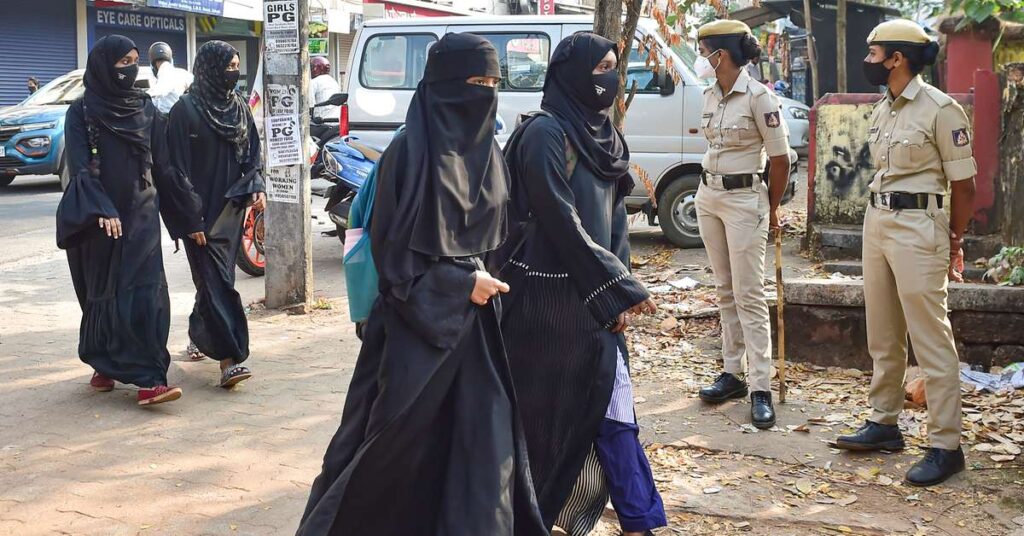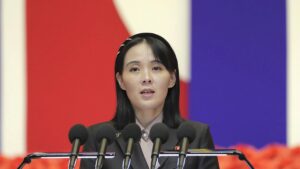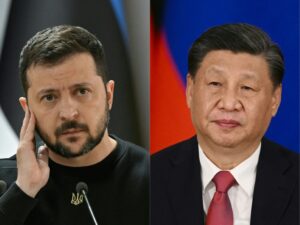
Hijab row: Feb 5 Government Order doesn't ban hijab, insists AG in Karnataka HC
Bengaluru, Feb. 19: In the middle of a row that raged over the problem of headscarves in Karnataka, the state government had told the High Court that his order on February 5 did not prohibit the headscarf but only delegated power to decide on school uniforms to the college development committee. (CDC).
The government took a conscious stance not to intervene in matters relating to religious symbols in educational institutions and therefore he delegated the power to decide on the school uniform to the CDC, which consisted of Local MLA, Advocate General Prabhuling Navadgi told the full bench from the Court Height, led by the chairman of the ritu judge Raj Awasthi, on Friday.
The state conscious stand with all the responsibilities I states that we do not want to intervene we do not want to intervene in such matters so far related to the problem of religious symbols in educational institutions,” Navadgi told the full bench of the Karnataka High Court. During the trial in connection with the request of Muslim girls fighting a prohibition of headscarves.
But I have to say they don’t need to drag us into this and make it a problem when in the usual reading of the order of February 5, 2022, we haven’t forbidden the hijab. In fact, we have provided full autonomy to the CDC as well as the management of private colleges,” AG argues further.
He refers to the charges of the Muslim girls who claimed the government’s order (left) on February 5, limiting students from wearing fabrics that could disrupt peace, harmony and law and order, it was illegal and issued without ‘mind application’.
The attack on the government about this said that this was irrational, giving communal colors and discriminating against Muslim women, completely without the basis. It does not affect their rights. This is a harmless command. The government has left the institution about uniform problems,” Navadgi argues.
About the Allegations of the Petitioner’s advisor that there was no Order’s vis-vis application application, Navadgi said the allegations that some assessments were quoted in relevant government order and some did not, the submission sometimes the officers recorded things’ because it was too enthusiastic.
Explain the reason behind issuing orders that prohibit clothes that can disrupt peace and harmony, AG says it means only to ask students not to wear indecent dresses “but it’s no less than that.”
On allegations that went against the headscarf, Navadgi said the hijab question was not there unless they wanted him to read something that he could not read.
I have read it 10 times – these two paragraphs (from the trip). Questions ask a institution to write or prescribe a headscarf – where the country enters the description” asks General Advocates.
According to him, the applicant does not need to drag the state into this problem.
He also claimed that since gone passed on February 5, the state had not received one complaint about any CDC or school that prescribed any resolution, which had produced riots or “our intervention was invited.”
During the trial, AG broadly limited his arguments to three points – the headscarf was not an important practice of Islam, preventing its use not violating Article 25 of the Indian constitution and left, which had been challenged by several Muslim girls. From Udupi Government Pre-University College in accordance with the law.







